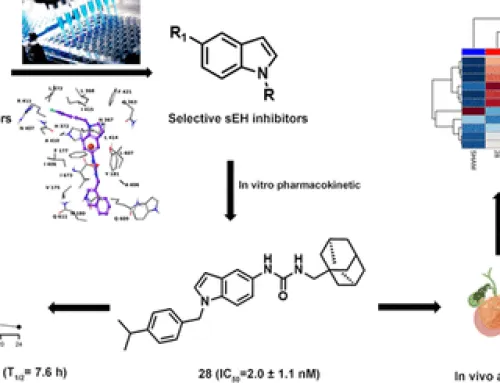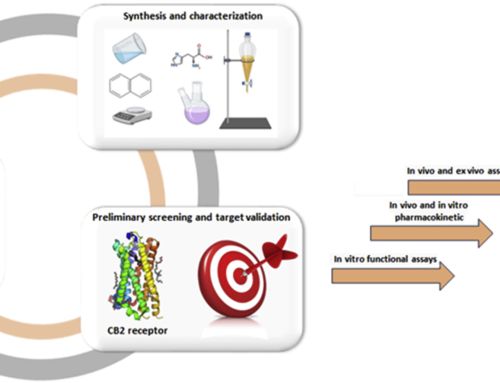Abstract
Background
Advances in visualization tools have brought new confidence, including endoscope-integrated indocyanine (E-ICG), which makes pituitary and skull-base surgery safer and more effective. We report here our preliminary experience with the use of E-ICG to 1) visualize the cavernous segment of the internal carotid artery (ICA); and 2) functionally and anatomically preserve the pituitary gland.
Methods
A dedicated ICG-integrated endoscope was used in 15 patients with parasellar pituitary adenomas. Indocyanine was administered at 2 different time points during surgery: an early bolus of 12.5 mg at the sphenoid sinus opening to expose the position of the parasellar segment of the ICAs and to identify the position of the normal pituitary gland so that it could be preserved during tumor removal. Subsequently, a second late bolus of 12 mg of ICG was injected to obtain a real-time “wire angiographic” visualization of the flow of the ICAs.
Results
Gross total resection was achieved in 12 cases (80%), whereas subtotal resection was performed in the other 3 cases (20%). The pituitary gland was clearly discernable in 11 cases (91.6%). None of the patients manifested new endocrinologic deficits or major vascular complications.
Conclusions
E-ICG is a safe and essential aid for pituitary adenomas invading the cavernous sinus. Its performance as a pituitary marker and real-time video angiography showed promising results in terms of extent of resection, endocrinologic outcomes, and prevention of intraoperative complications.
readmore: www.sciencedirect.com





